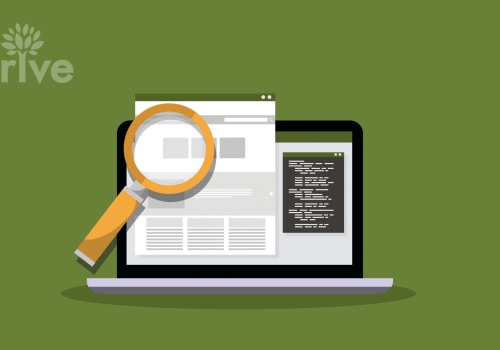As technology advances rapidly, the web design world is constantly evolving. One of the latest developments in this field is using Large Language Models (LLMs) and Artificial Intelligence (AI). These powerful tools have the potential to revolutionize the way websites are designed and created, making them more efficient, user-friendly, and visually appealing.
The Rise of Large Language Models
Large Language Models are a type of AI that uses deep learning algorithms to process and understand human language. They are trained on vast amounts of text data, allowing them to generate human-like text and respond to natural language queries. The most well-known LLM is GPT-3, which was developed by OpenAI and has been making headlines for its impressive capabilities.
One of the key advantages of LLMs is their ability to understand context and generate text that is coherent and relevant. This makes them incredibly useful for tasks such as content creation, translation, and even customer service. But how do LLMs fit into the world of web design?
The Role of LLMs in Web Design
LLMs have the potential to greatly enhance the web design process by automating certain tasks and improving the overall user experience. For example, they can be used to generate website content based on a set of keywords or topics, saving designers time and effort. They can also assist with translation, making it easier for websites to cater to a global audience.
But perhaps the most exciting application of LLMs in web design is their ability to personalize content for individual users. By analyzing user data and behavior, LLMs can generate customized content that is tailored to each user's interests and preferences. This not only improves the user experience but also increases engagement and conversions.
The Impact of AI on Web Design
While LLMs are a type of AI, there are many other forms of AI that are also making an impact on web design. One of the most significant is machine learning, which involves training algorithms to learn from data and make predictions or decisions. Machine learning can be used to analyze user data and behavior, allowing designers to create more targeted and effective websites.
Another form of AI that is gaining popularity in web design is computer vision. This involves using algorithms to analyze images and videos, allowing websites to automatically tag and categorize visual content. This not only makes it easier for users to find what they're looking for but also improves the accessibility of websites for visually impaired individuals.
The Benefits of Using LLMs and AI in Web Design
The use of LLMs and AI in web design offers numerous benefits for both designers and users. For designers, these tools can save time and effort, allowing them to focus on more creative aspects of the design process. They can also improve the overall quality of websites by generating personalized content and analyzing user data to make informed design decisions.
For users, the benefits are even greater. LLMs and AI can greatly enhance the user experience by providing personalized content, improving website accessibility, and making it easier to find relevant information. This can lead to increased engagement, loyalty, and conversions.
The Future of Web Design with LLMs and AI
As LLMs and AI continue to advance, their potential in web design will only grow. We can expect to see more websites utilizing these tools to create personalized, user-friendly experiences. This will also lead to a shift in the role of web designers, who will need to adapt and learn how to work with these technologies.
However, it's important to note that LLMs and AI are not meant to replace human designers. They are simply tools that can assist and enhance the design process. Human creativity and expertise will always be essential in creating truly exceptional websites.
In Conclusion
The use of Large Language Models and Artificial Intelligence in web design is a game-changer. These powerful tools have the potential to greatly improve the efficiency, user-friendliness, and personalization of websites. As technology continues to advance, we can expect to see even more innovative applications of LLMs and AI in the world of web design.



